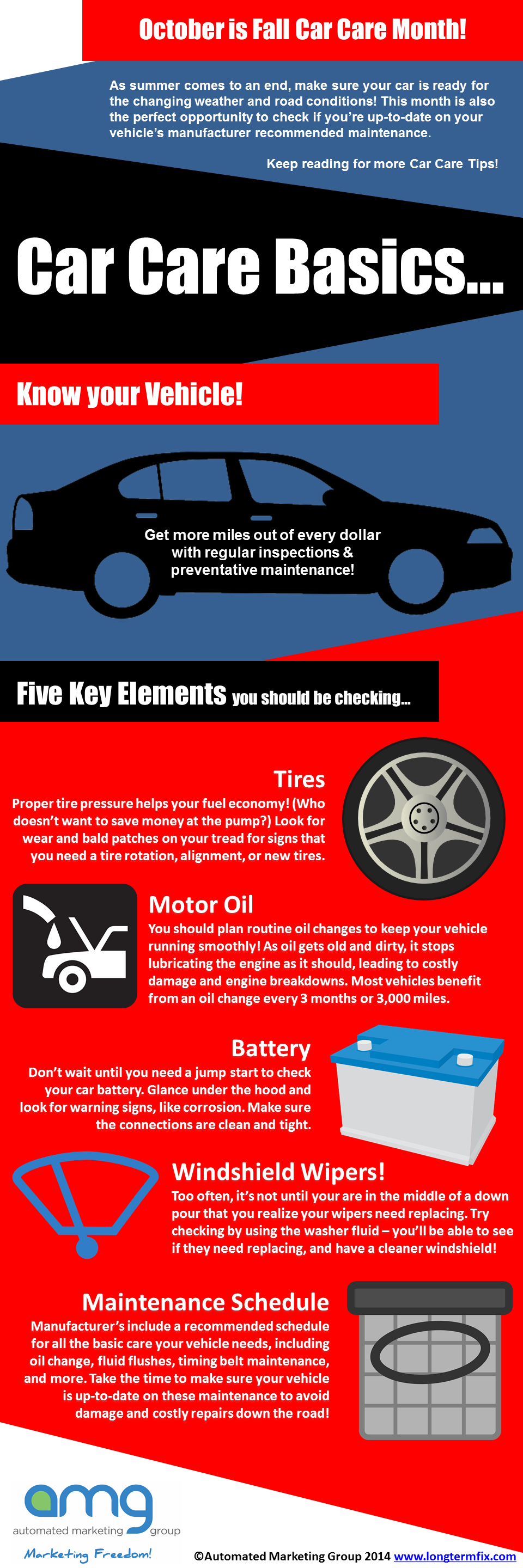Seeking Quality On The Warning Lights Displayed On Your Vehicle'S Control Panel? Figure Out How They Associate With Your Vehicle'S Health And Wellness
Seeking Quality On The Warning Lights Displayed On Your Vehicle'S Control Panel? Figure Out How They Associate With Your Vehicle'S Health And Wellness
Blog Article
Web Content By-Vinson Corbett
When you're behind the wheel, those beautiful caution lights on your control panel can be a bit puzzling. Do you recognize what they're attempting to inform you concerning your car's health and wellness? Recognizing the significance of these lights is vital for your safety and security and the durability of your lorry. So, the following time one of those lights pops up, wouldn't you wish to analyze its message properly and take the necessary actions to address it?
Common Warning Lights and Interpretations
Recognize usual caution lights in your vehicle and understand their meanings to ensure risk-free driving.
One of the most regular warning lights consist of the check engine light, which indicates problems with the engine or emissions system. If this light comes on, it's essential to have your vehicle examined promptly.
The oil pressure cautioning light shows low oil pressure, calling for prompt attention to avoid engine damages.
A blinking battery light might recommend a malfunctioning charging system, potentially leaving you stranded if not addressed.
The tire stress surveillance system (TPMS) light signals you to low tire pressure, influencing lorry stability and gas performance. Neglecting this can cause dangerous driving problems.
The ABS light suggests an issue with the anti-lock braking system, jeopardizing your capacity to quit swiftly in emergency situations.
Last but not least, the coolant temperature cautioning light warns of engine getting too hot, which can lead to serious damages otherwise fixed quickly.
Comprehending these typical warning lights will help you resolve issues promptly and maintain risk-free driving conditions.
Relevance of Prompt Interest
Recognizing the usual warning lights in your vehicle is only the very first step; the relevance of immediately addressing these cautions can not be highlighted enough to guarantee your security when driving.
When a caution light brightens on your control panel, it's your automobile's way of interacting a potential concern that requires attention. Overlooking these cautions can result in a lot more severe troubles later on, compromising your safety and security and possibly costing you extra in repairs.
Motivate interest to advising lights can stop malfunctions and accidents. As an example, a flashing check engine light might indicate a misfire that, if left unattended, might trigger damage to the catalytic converter. Addressing this immediately can save you from an expensive repair work.
Likewise, a brake system alerting light may indicate low brake fluid or worn brake pads, critical parts for your safety and security when driving.
DIY Troubleshooting Tips
If you discover a warning light on your dashboard, there are a couple of do it yourself troubleshooting pointers you can attempt prior to seeking expert aid.
https://www.rgj.com/story/news/money/business/2021/08/02/renos-national-automobile-museum-has-wow-factor-ncet-biz-tips/5457883001/ is to consult your automobile's manual to recognize what the specific warning light suggests. Sometimes the issue can be as simple as a loosened gas cap setting off the check engine light. Tightening the gas cap might resolve the problem.
An additional usual issue is a reduced battery, which can cause various warning lights. Examining the battery connections for rust and guaranteeing they're safe could deal with the problem.
If a warning light persists, you can attempt resetting it by separating the vehicle's battery for a couple of mins and then reconnecting it. In car.detailing near me , examining your car's liquid levels, such as oil, coolant, and brake liquid, can aid repair warning lights associated with these systems.
Conclusion
To conclude, comprehending your car's warning lights is important for maintaining your automobile running efficiently and securely. By promptly addressing these signals and recognizing what they indicate, you can stay clear of pricey fixings and prospective malfunctions.
Bear in mind to consult your cars and truck's manual for particular information on each alerting light and act as necessary to make certain a trouble-free driving experience.
Remain educated, remain risk-free when driving!
